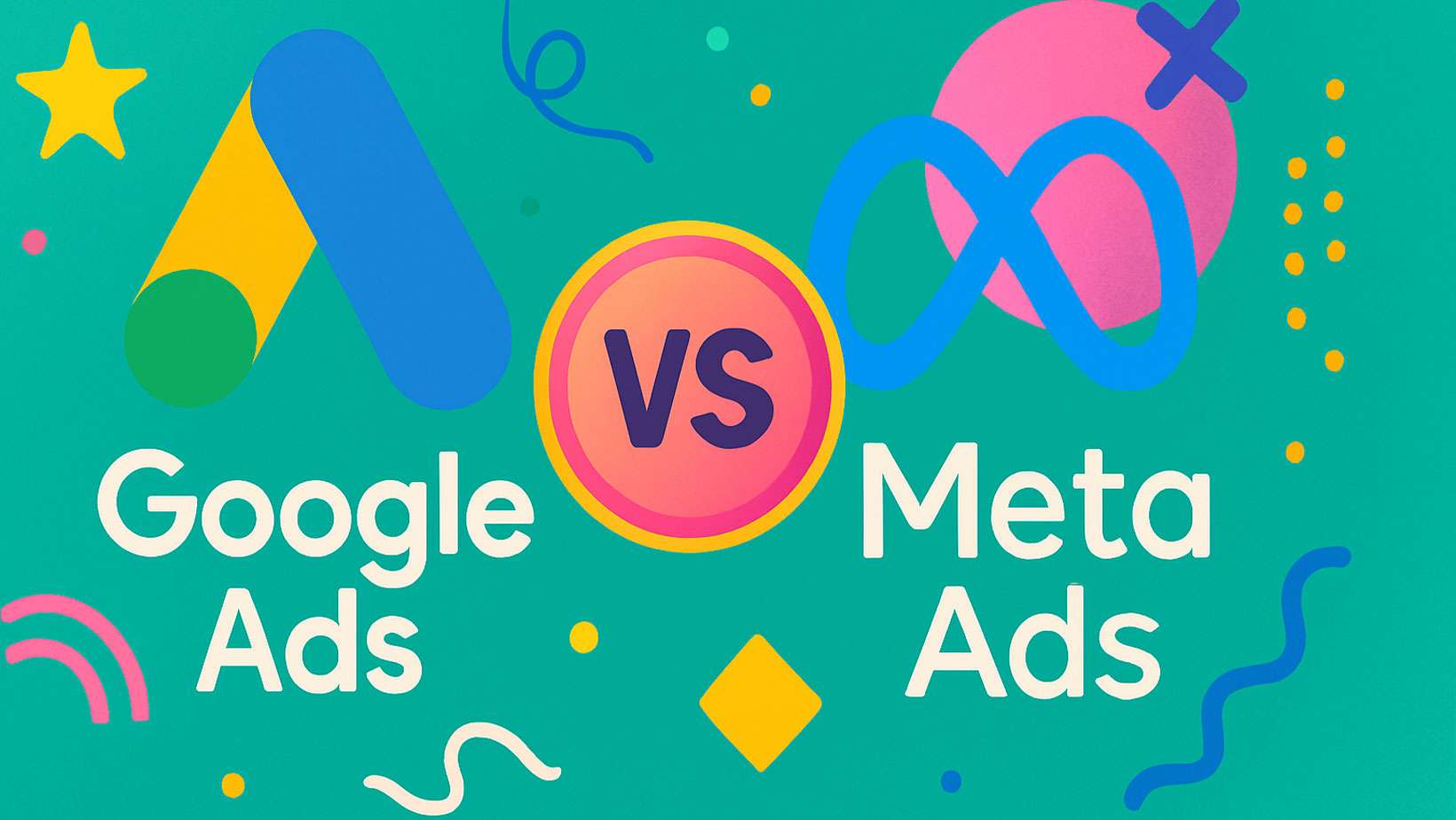Urgent‑care centers live or die by walk‑in volume. With pay‑per‑click (PPC) costs climbing in 2025, choosing the right ad platform is no longer a nice‑to‑have—it’s the difference between profitable patient acquisition and budget burn. This guide pits Google Ads against Meta Ads (Facebook & Instagram) across five metrics—cost‑per‑click, conversion rate, targeting granularity, patient intent, and downstream ROI—so you can build a media mix that fills exam rooms without draining cash.
1. Cost‑Per‑Click (CPC)
| Platform | Avg. CPC – Urgent Care Keywords*
| Google Search | $5.20
| Google Maps (LSAs) | $4.10
| Meta Ads (Feed) | $2.80
| Meta Ads (Stories/Reels) | $1.90
*US national averages, Q1 2025, aggregated from Adalytics and WordStream benchmarks.
Takeaway: Meta wins on raw CPC, but that doesn’t equal cheaper patients—because click intent differs.
2. Patient Intent & Funnel Stage
Google Ads capture high‑intent patients who are already searching “urgent care near me now.” These users often decide within minutes, converting at 10–14 % on optimized landing pages.
Meta Ads interrupt users mid‑scroll, catching them earlier in the funnel. They convert at 2–4 % but excel at:
- Brand recall for future visits.
- Promoting seasonal services (flu shots, sports physicals).
- Retargeting website visitors who didn’t book.
Bottom line
Google drives immediate foot traffic; Meta nurtures awareness and repeat visits.
3. Targeting Granularity
| Targeting Feature | Google Ads | Meta Ads
| ZIP‑code radius | ✔ | ✔
| Hyperlocal intent (Maps “near me”) | ✔ | —
| Demographic layers (age, gender) | Limited | ✔
| Interest‑based (parents with young kids) | — | ✔
| Custom audience retargeting | ✔ | ✔
Pro tip: Combine both—run Google Search for “urgent care” + radius, then retarget those site visitors on Meta with post‑visit care offers.
4. Average Patient Acquisition Cost (PAC)
Using blended data from 60 urgent‑care accounts DapraLab managed in 2024–2025:
- Google Ads PAC: $47–$65 per booked visit
- Meta Ads PAC: $68–$85 per booked visit
Meta narrows the gap when campaigns retarget warm audiences or highlight membership plans, dropping PAC by up to 25 %.
5. Downstream Revenue & Repeat Visits
Google‑sourced patients skew toward one‑off injuries and illnesses. Meta campaigns that push wellness plans or employer partnerships generate 15–20 % higher lifetime value (LTV) because patients engage beyond a single urgent episode.
Decision Matrix: When to Prioritize Each Platform
| Scenario | Go Heavy on Google | Go Heavy on Meta
| New clinic needs immediate walk‑ins | ✔ | —
| Established center launching telehealth | ✔ | ✔
| Slow season (summer) brand building | — | ✔
| Flu‑shot blitz | ✔ | ✔
| Budget under $4k/mo | ✔ | —
How to Allocate Budget in 2025
- Baseline Split: Start 70 % Google / 30 % Meta for new centers.
- Test & Shift Monthly: If Meta’s PAC drops within 20 % of Google’s, move to a 60/40 split.
- Retarget Aggressively: Install the Meta Pixel and Google tag; retarget site visitors with seasonal offers.
- Layer Maps Ads: Add Google Local Services Ads (LSAs) to capture voice‑search traffic.
- Automate Bidding: Use Google’s Maximize Conversions with a target PAC ceiling; on Meta, leverage Advantage+ Shopping Campaigns set to “health‑care” vertical.
Creative Best Practices
- Google: Use ad extensions—call, directions, and site links (“Insurance Accepted”)—to dominate SERP real estate.
- Meta: Short vertical video (≤ 15 s) featuring a provider saying “Skip the ER wait—walk into Midtown Urgent Care now.” Subtitles auto‑play muted.
Landing Page Must‑Haves
- Click‑to‑call button fixed on mobile.
- Real‑time wait‑time widget or “Next available appointment” slot.
- Insurance logos above the fold.
- HIPAA‑secure booking form (capturing name, DOB, reason for visit).
Tracking & Attribution Stack
- UTM Parameters on every ad creative.
- Google Analytics 4 conversions linked to phone‑call tracking numbers.
- Meta Conversions API to bypass iOS privacy blocks.
- DapraLab’s Services dashboard aggregates both sources, normalizing data so you see true cross‑channel PAC.
Quick Wins You Can Implement This Week
- Add “urgent care near me” as a phrase‑match keyword; exclude “free clinic” with a negative keyword.
- Launch a Meta look‑alike audience based on past patient emails (hashed).
- Use Google’s “Call Reporting” to record ad‑generated calls and train staff on high‑converting scripts.
- Sync your EHR’s appointment confirmation URL as a conversion event—no more guessing which clicks became visits.
FAQ – Rapid Answers
Should I bid on competitor brand names?
Legal in the US, but tread carefully; use Dynamic Keyword Insertion only if your ad copy can differentiate without confusion.
Is HIPAA an issue on Meta?
You can’t remarket based on health conditions, but you can target interests like “health & wellness” and geographic radius without storing PHI.
How big should my daily budget be to see statistically significant data?
Aim for at least 10 × your target PAC. If your goal PAC is $60, allocate $600 per channel for the first week.
Ready to Maximize Your Ad Spend?
Choosing between Google Ads and Meta Ads isn’t binary. The optimal blend evolves with seasonality, local competition, and service mix. Book a complimentary PPC audit with DapraLab and we’ll craft a data‑driven media plan that keeps exam rooms full—at the lowest possible patient acquisition cost.

